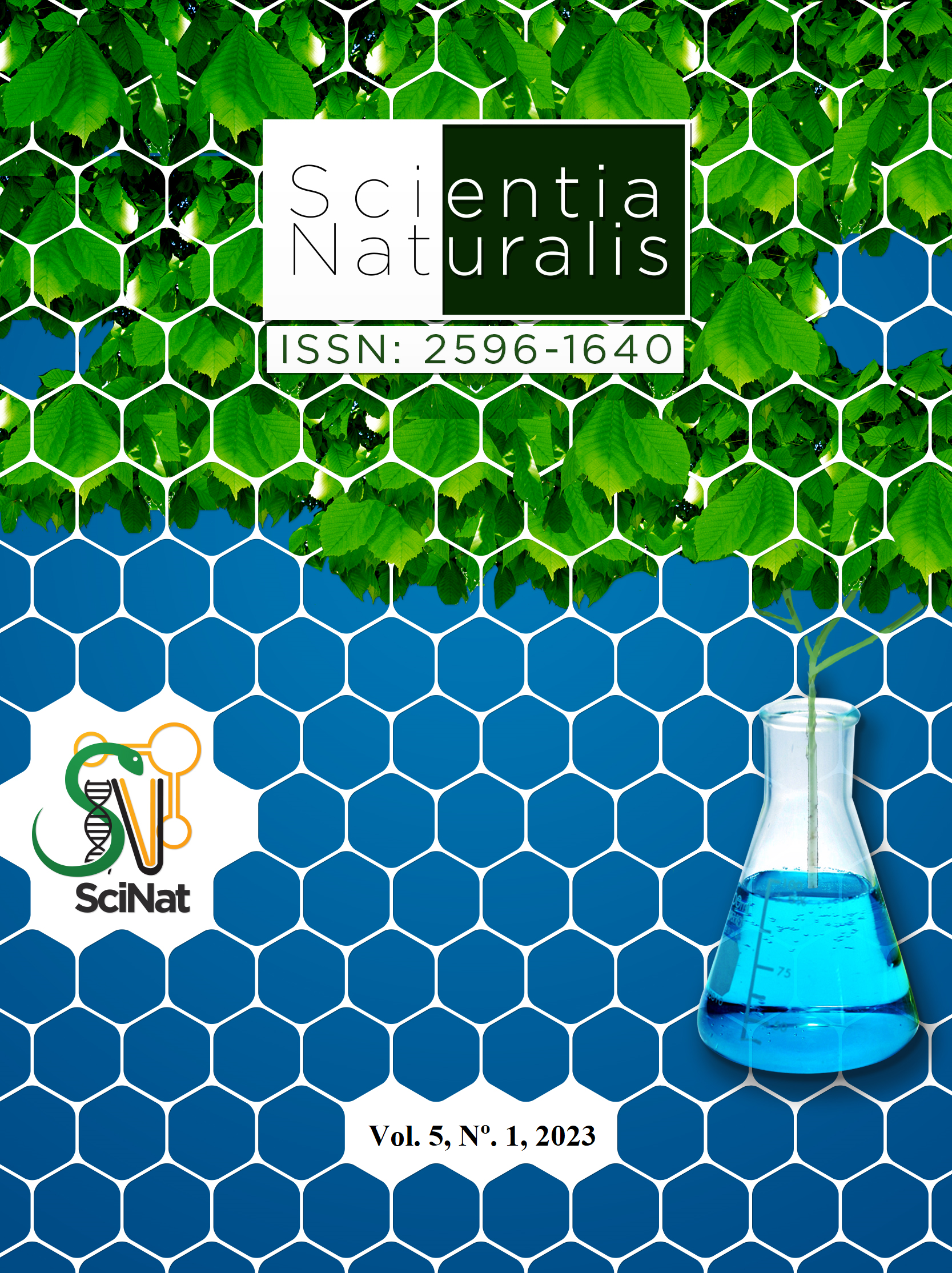Culture and protein content of amazonian spinach (Alternanthera sessilis (L.) R.Br. ex DC) as a function of spacing and nitrogen doses
DOI:
https://doi.org/10.29327/269504.5.1-21Abstract
Amazonian spinach has great nutritional potential, being characterized as an alternative vegetable option for human consumption. The objective of this work was to evaluate the vegetative growth, production and protein composition of Amazonian spinach, under different planting densities and Nitrogen doses. The experiment was carried out at the Federal University of Acre, the experimental design was in randomized blocks in a factorial scheme, two spacings (0.20 m x 0.20 m and 0.30 m x 0.30 m) and four doses of nitrogen (0; 75; 150; 225 kg ha-1), with three blocks, where each plot was composed of four planting rows of four meters. Fertilization was divided into two topdressing applications of urea, at 15 and 35 days after planting. The evaluations were performed at 60 days. The analyzed variables were: plant height, stem diameter, number of leaves, number of lateral branches, leaf area, aerial fresh mass, aerial dry mass, commercial productivity, crude protein. The data were submitted to analysis of variance where there was difference between spacing and N doses. The dose of 225 kg ha-1 showed higher crude protein (24.66 g 100g-1). The highest productivity of Amazonian spinach occurs in the spacing of 0.20 m x 0.30 m.




